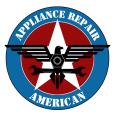We know how a non-functional dryer can disrupt your daily routine, and we’re here to provide you with step-by-step solutions. Here at Appliance Repair American, our aim is to equip you with the knowledge to diagnose common home appliances, such as electric dryers. This entry, in particular, provides a comprehensive guide on how to fix your dryer or have your electric dryer professionally fixed. and fix your dryer, ensuring your clothes can be dried efficiently once again.

Understanding Your Dryer’s Power Issues
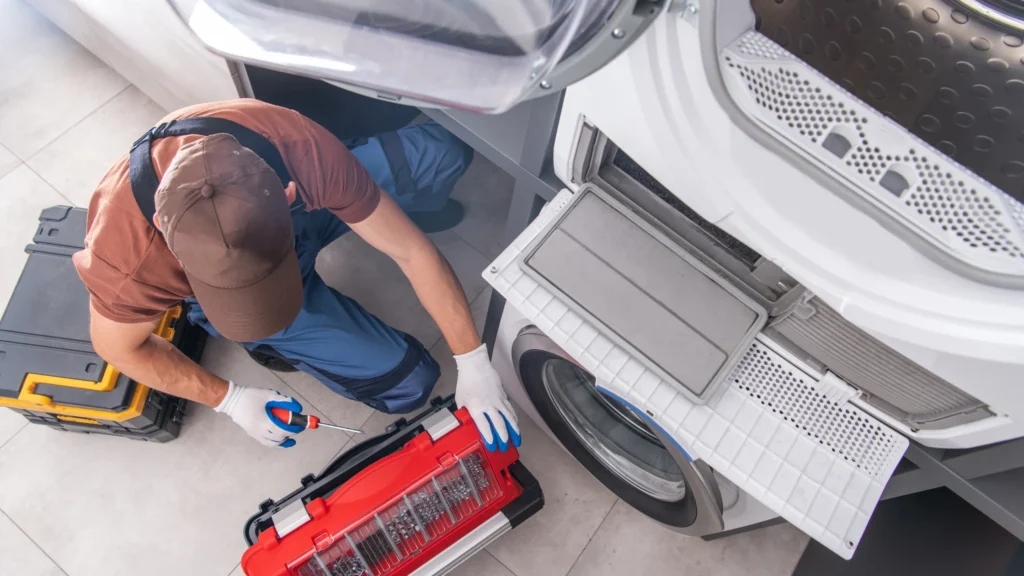

The Basics of Dryer Power
Dryers, whether electric or gas, rely heavily on a consistent power supply to operate efficiently. The power cord is the lifeline of your dryer, connecting it to the electrical outlet and ensuring it receives the power needed to run. A properly functioning power cord is essential for the dryer to operate.
Common Reasons for Power Loss in Dryers
- Tripped Circuit Breaker: One of the most common reasons for a dryer with no power is a tripped circuit breaker. Regularly check your home’s breaker box to ensure the dryer’s breaker is not tripped.
- Faulty Power Cord: A damaged or improperly connected power cord can lead to power issues. Ensure that the dryer power cord is properly plugged into the electrical outlet and examine it for any visible signs of wear or damage.
- Control Panel Issues: The control panel is the command center of your dryer. If it’s not functioning properly, your dryer might not power up. This can be due to electrical problems or a failed component.
Troubleshooting and Repairing Your Dryer
Steps to Diagnose Power Issues
- Check the Power Source: Make sure your dryer is properly plugged into the wall outlet. If it’s plugged in, try a hard reset by unplugging the dryer for a few minutes and then plugging it back in.
- Inspect the Power Cord: Look for any signs of damage or wear on the power cord. A power cord with visible damage should be replaced immediately.
- Examine the Control Panel: Check the control panel for any loose connections or burn marks, which could indicate an electrical problem.
Addressing Specific Dryer Components
- Thermal Fuse: The thermal fuse is a safety device designed to prevent overheating. If the thermal fuse blows, it will cut off power to the dryer. Inspect the thermal fuse located on the blower housing or exhaust duct inside the dryer.
- Door Switch: The door switch actuator, when functioning properly, allows the dryer to start when the door is closed. If the switch fails, the dryer won’t start, and even the light inside the dryer might not work.
- Start Switch: If the start switch is malfunctioning, your dryer won’t respond when you push the power button. Test the switch for continuity to determine if it needs replacing.
- Gas Supply and Ignition (For Gas Dryers): If you have a gas dryer, ensure that the gas supply is turned on. A problem with the gas supply or ignition system can prevent the dryer from starting.
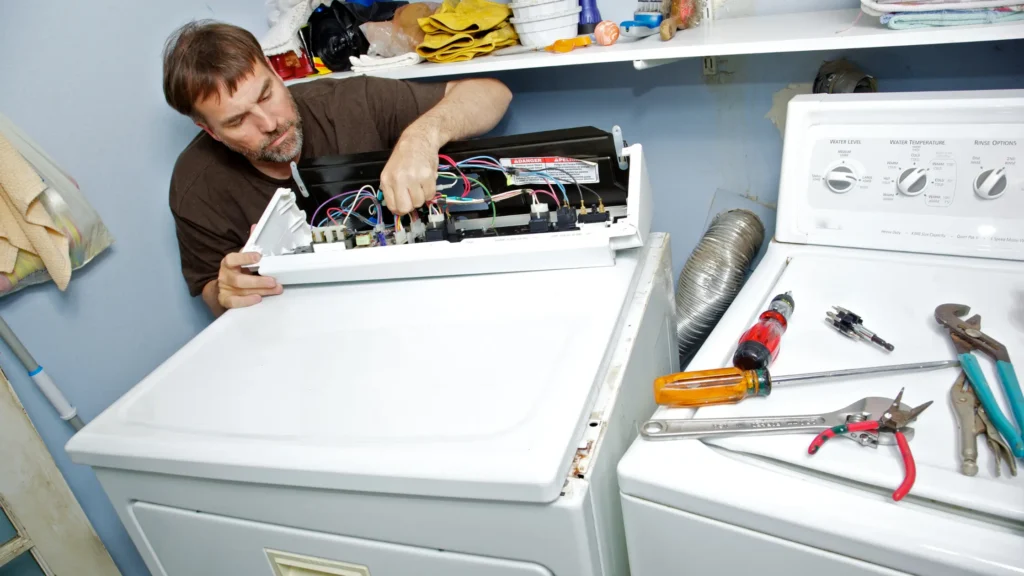

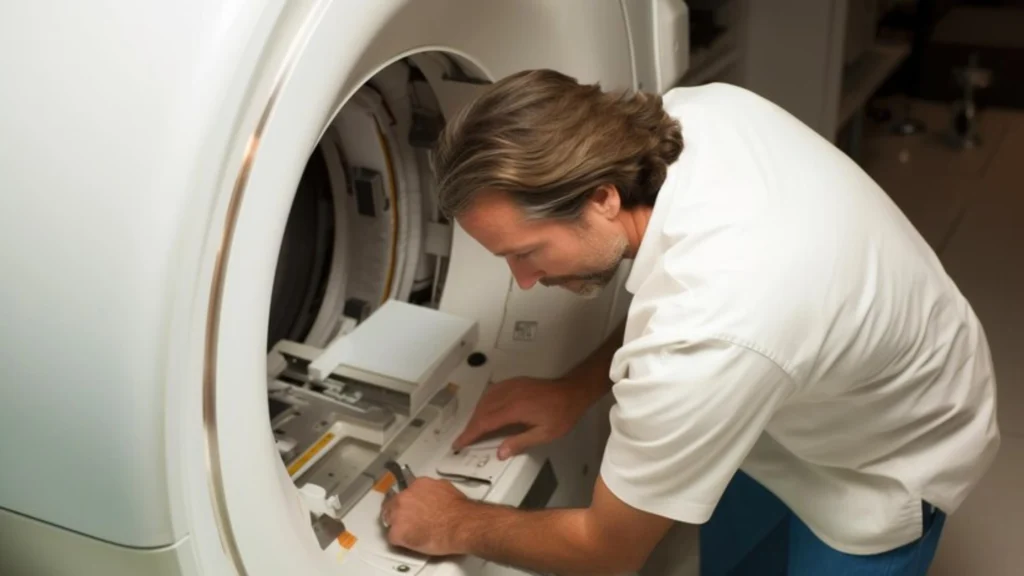
When to Call a Professional
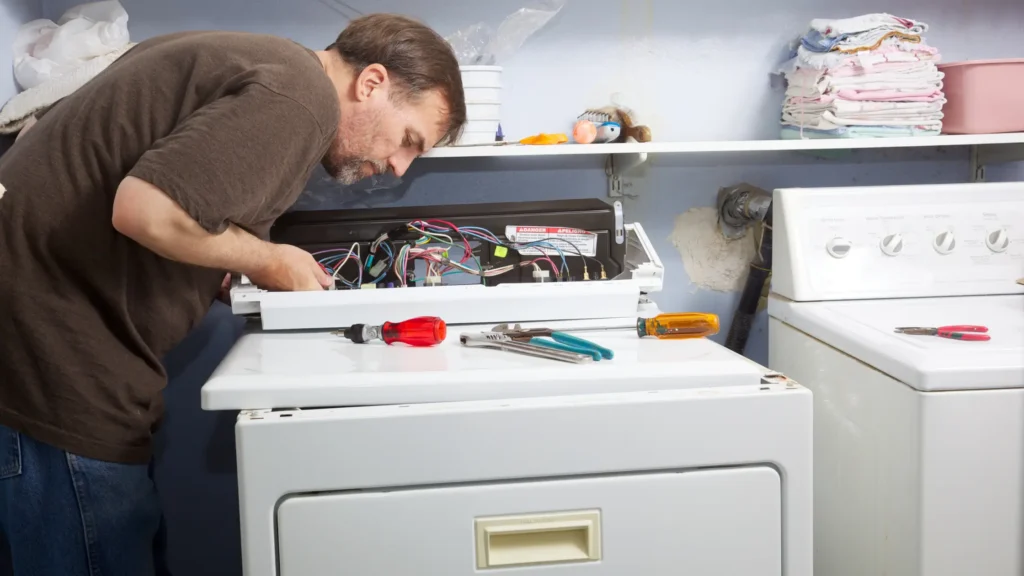
While some issues like checking the power cord or resetting the circuit breaker can be simple fixes, other problems require more technical expertise. If you’re unsure about a particular step or if the issue persists after basic troubleshooting, it’s best to call a professional repair service. At Appliance Repair American, our experienced technicians can handle complex dryer repairs, ensuring your appliance is safely and effectively restored to its full functionality.
Advanced Troubleshooting for Power and Heating Issues in Dryers
Continuing our comprehensive guide on dryer repair, let’s delve into more complex scenarios where your dryer is not working correctly. Often, these issues revolve around the heating element, the dryer drum, and the exhaust system. Understanding these components can help you better diagnose and fix your dryer.
Examining the Heating Element
- Signs of a Broken Heating Element: One of the most common reasons your dryer fails to dry clothes effectively is a broken heating element. If your dryer turns on but doesn’t produce heat, leaving you with wet clothes, this might be the culprit.
- Inspecting the Element: To check the heating element, first ensure the dryer is unplugged. Access the element by removing the back cover panel of the dryer. Look for any visible breaks or damage to the coils. If you notice any damage, the heating element will need to be replaced.
- Testing for Continuity: Using a multimeter, test the heating element for continuity. A lack of continuity indicates that the element is faulty and needs replacement.
The Role of the Dryer Drum
- Dryer Drum Issues: The dryer drum is central to the drying process, tumbling the clothes to ensure even drying. Problems with the drum, such as it not spinning or making unusual noises, can hinder the drying process.
- Inspecting the Drum: Check the dryer drum for any signs of damage or wear. Issues with the drum light, if your model has one, can also indicate problems within the drum area.
- Drive Belt and Motor: A common issue with dryer drums not turning is a broken drive belt or a malfunctioning motor. Inspect the belt for any signs of wear or breakage and test the motor for proper functioning.
Troubleshooting the Exhaust Vent
- Blocked Exhaust Vent: A clogged or improperly installed exhaust vent can prevent your dryer from working efficiently. This can lead to longer drying times and even pose a fire hazard.
- Cleaning the Vent: Regularly clean the exhaust vent and lint trap to ensure proper airflow. A blocked vent can also cause the dryer to overheat, which might trip the thermal fuse.
Inspecting the Terminal Block and Power Cord Connection
- Terminal Block Issues: The terminal block is where the power cord connects to the dryer’s internal wiring. A loose or damaged connection here can cause power issues.
- Checking the Connection: Ensure the power cord is properly plugged into the wall outlet and securely attached to the terminal block inside the dryer. Look for any signs of burn marks or damage.
- Replacing the Terminal Block or Power Cord: If you find any damage at the terminal block or on the power cord, replace the affected part. A faulty connection here can lead to serious safety hazards.
When to Seek Professional Dryer Repair Services
While some issues like cleaning the exhaust vent or checking the power cord are manageable, others like replacing the heating element or repairing the terminal block are more complex and might require professional expertise. If you’re uncomfortable performing these tasks or if the problem persists, it’s wise to contact a professional dryer repair service. At Appliance Repair American, our skilled technicians are ready to assist you with any dryer repair needs, ensuring your appliance is safely and effectively restored.
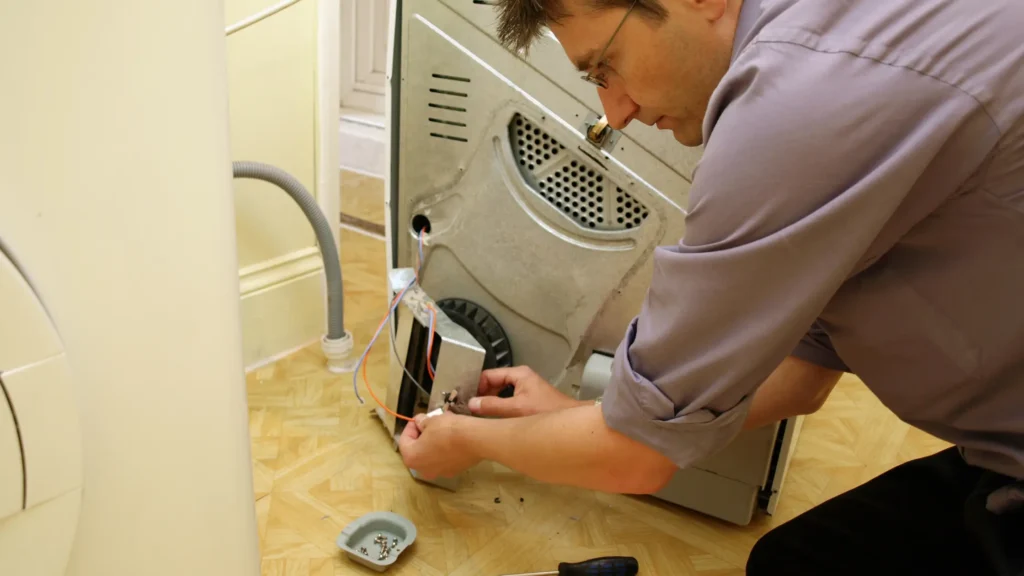
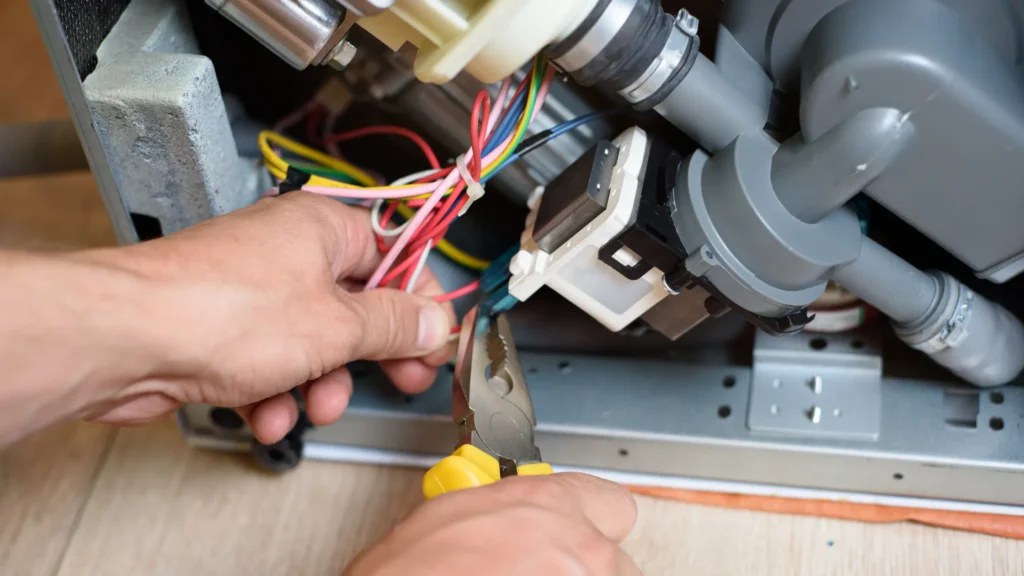
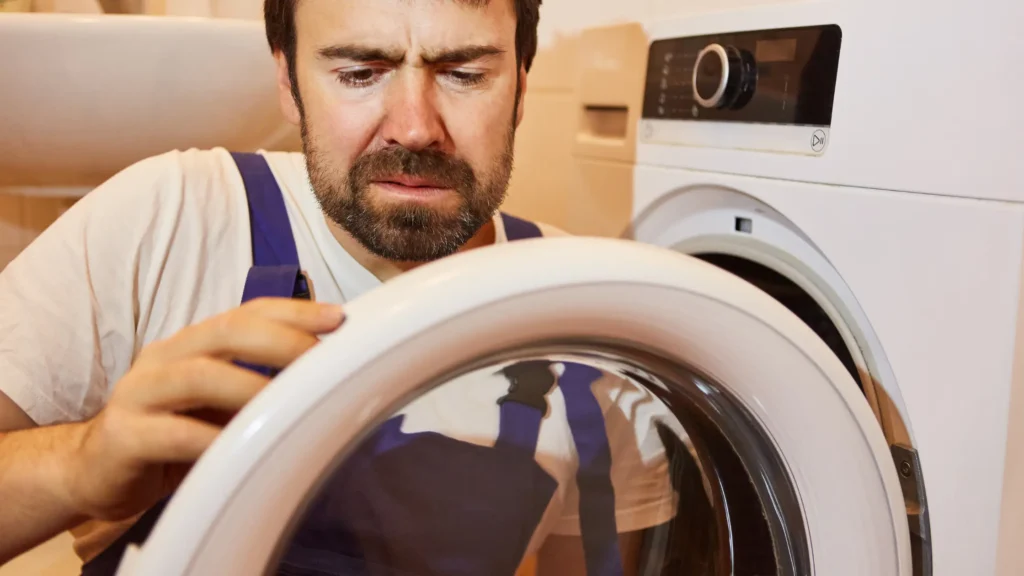


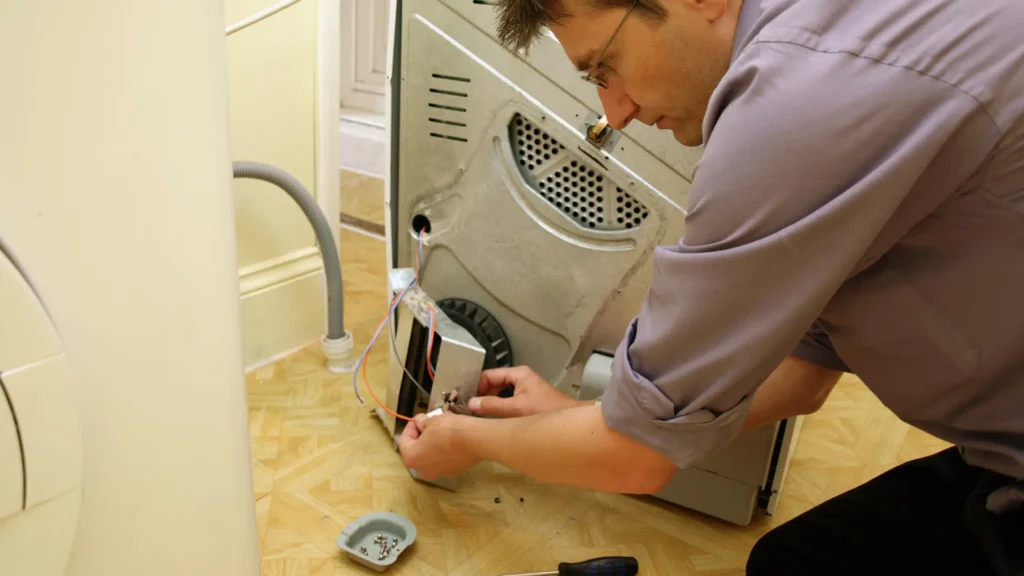
Further Steps in Addressing Dryer Malfunctions
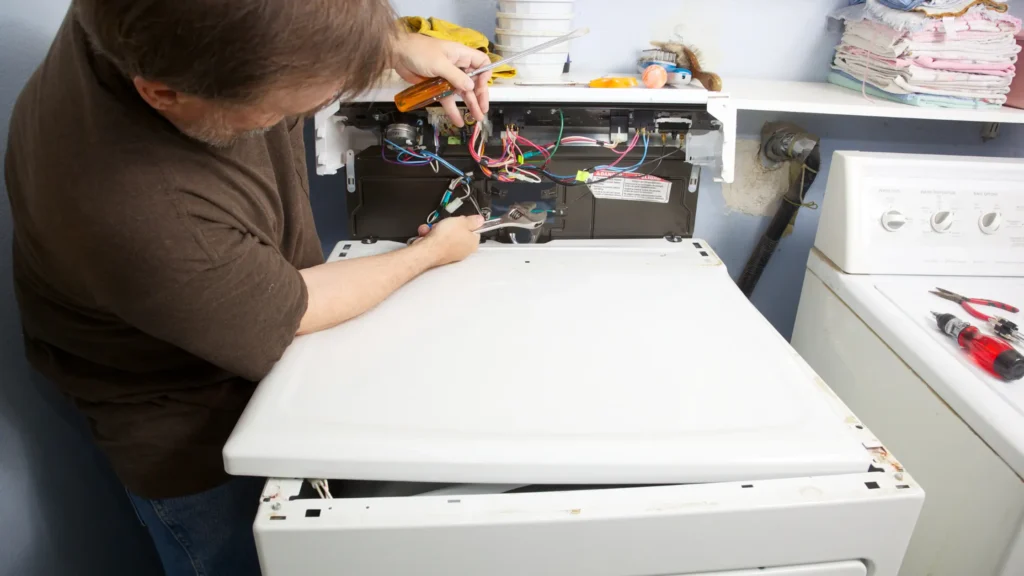
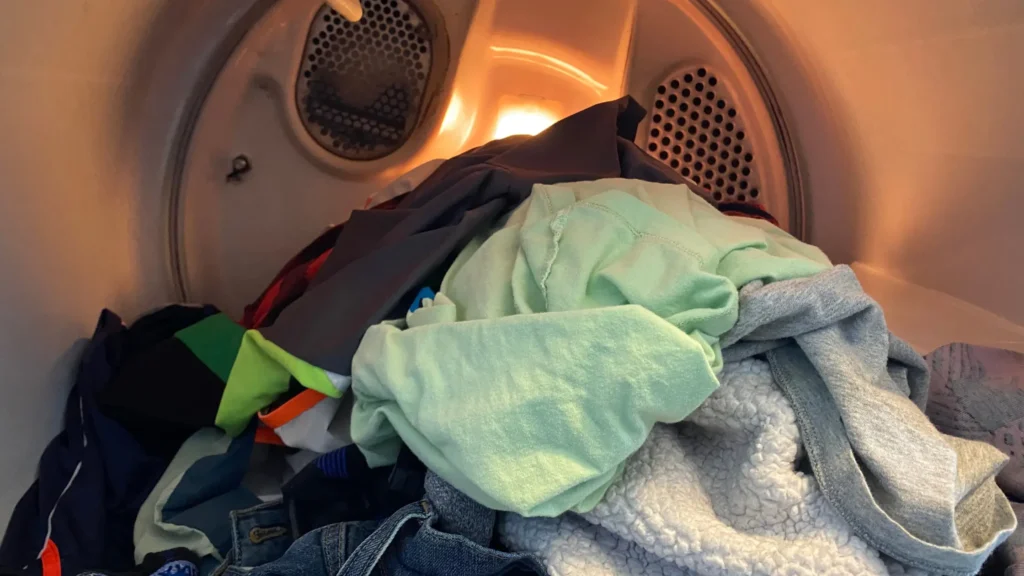

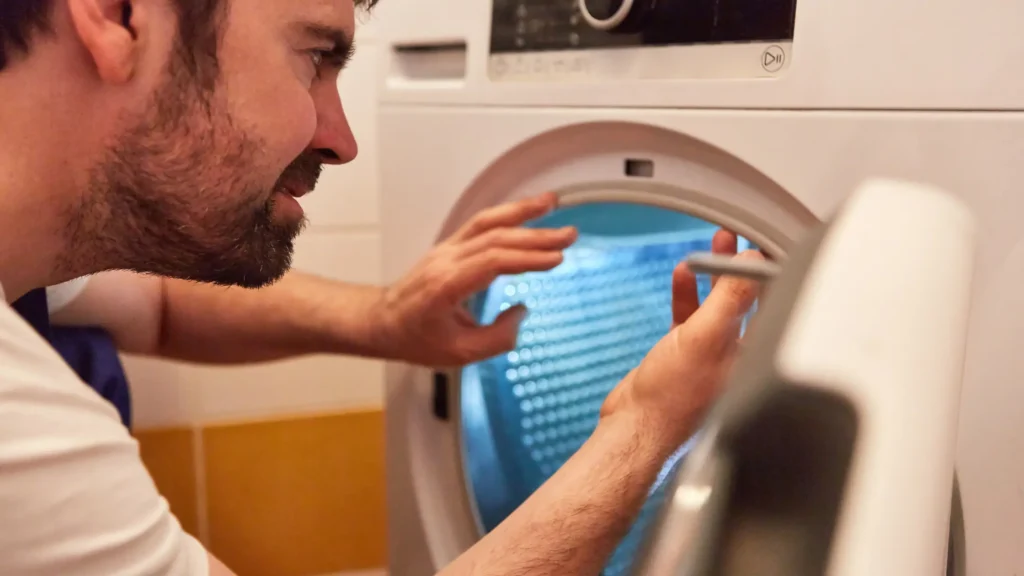

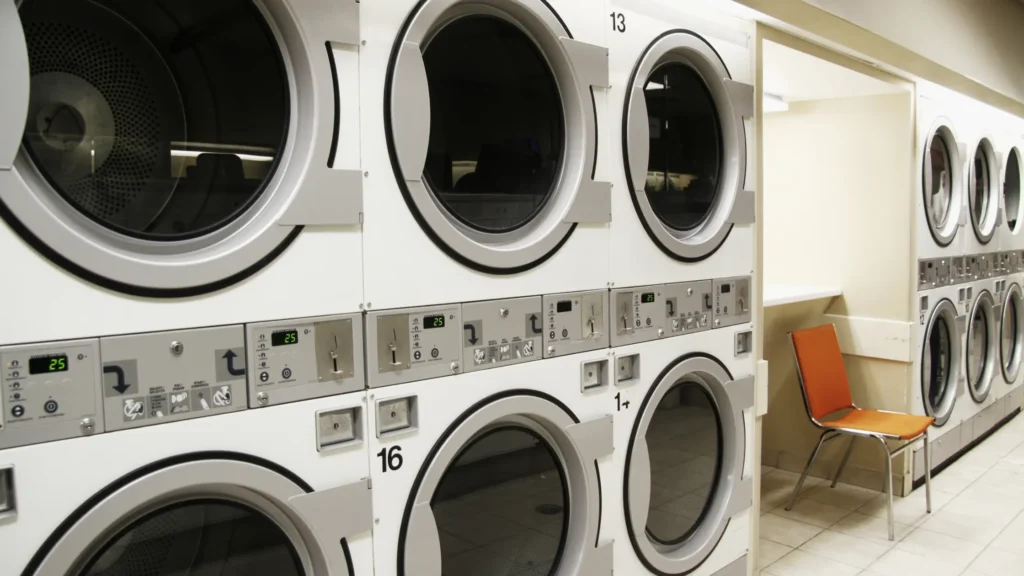
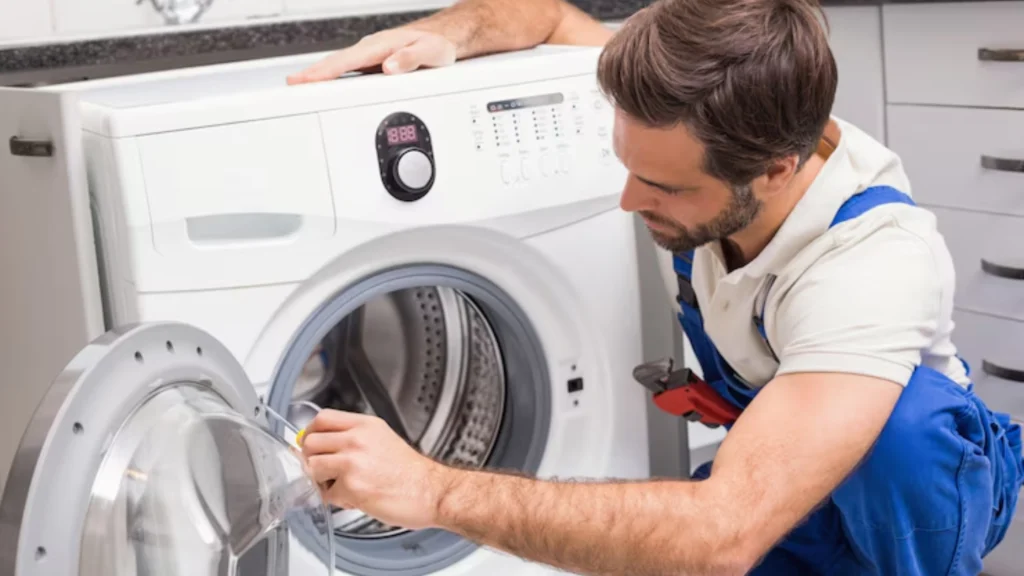

Continuing our in-depth exploration of dryer repair, we’ll now focus on additional aspects that are crucial for the efficient operation of your dryer. Understanding these elements can significantly enhance your ability to diagnose and resolve common issues with your appliance.
Investigating the Control Board and Circuitry
- Control Board Issues: The control board is the brain of your dryer, governing various functions from the cycle settings to the activation of the heating element. A malfunction in the control board can lead to a range of issues, including the dryer not starting or not heating properly.
- Circuit Board Inspection: Inspect the circuit board for any signs of damage, such as burnt components or loose connections. Circuit board issues can be complex and often require professional attention.
- Electrical Outlet and Breaker Problems: Sometimes, the issue might not be with the dryer itself but with the electrical outlet or the home’s breaker. Ensure that the outlet is functioning correctly and that the breaker hasn’t tripped.
Addressing Motor and Drum Light Concerns
- Motor Functionality: The motor is a vital component that drives the dryer drum. If the dryer is not turning, it could be due to a motor issue. Listen for any unusual noises that might indicate motor problems, such as humming or buzzing.
- Drum Light Function: In models equipped with a drum light, ensure it is functioning correctly. A non-working drum light, while a minor issue, can be an early indicator of potential electrical problems within the dryer.
Maintenance of the Dryer Vent and Lint Filter
- Importance of Vent Maintenance: Regular maintenance of the dryer vent and lint filter is crucial. A clean vent ensures proper air circulation, which is essential for the dryer to operate efficiently and safely.
- Lint Filter Care: Always clean the lint filter after every cycle. A clogged lint filter can lead to reduced efficiency and can pose a fire hazard.
- Inspecting the Exhaust Duct: Check the exhaust duct inside the dryer for any blockages or damage. A restricted exhaust duct can prevent heat and moisture from escaping, leading to poor drying performance and potential safety issues.
The Significance of the Heating Element and Thermal Fuse
- Heating Element Function: The heating element is responsible for generating the heat required to dry clothes. A broken heating element will result in the dryer running but not producing enough heat, leaving clothes damp.
- Thermal Fuse as a Safety Device: The thermal fuse is a critical safety device that prevents the dryer from overheating. If the thermal fuse blows, it will cut off power to the heating element, stopping the dryer from heating.
- Testing and Replacing the Thermal Fuse: If you suspect the thermal fuse is the cause of your dryer’s problems, test it with a multimeter for continuity. A blown thermal fuse will need to be replaced to restore your dryer’s functionality.
The Role of Terminal Blocks and Power Cords
- Assessing Dryer’s Life Expectancy: If your dryer is old and experiencing frequent issues, it might be more cost-effective to consider purchasing a new dryer. Newer models are often more energy-efficient and come with advanced features.
- Cost-Benefit Analysis: Compare the cost of ongoing repairs to the price of a new dryer. If repairs are becoming increasingly frequent and expensive, investing in a new dryer could be a more economical choice in the long run.
When to Consider a New Dryer
- Inspecting the Terminal Block: The terminal block is where the power cord connects to the dryer’s internal wiring. A faulty terminal block can cause power issues and is a potential fire hazard.
- Power Cord Connection: Ensure the power cord is securely connected to both the terminal block and the wall outlet. A loose or damaged power cord can prevent the dryer from receiving power.
Closing Thoughts on Dryer Repair and Maintenance
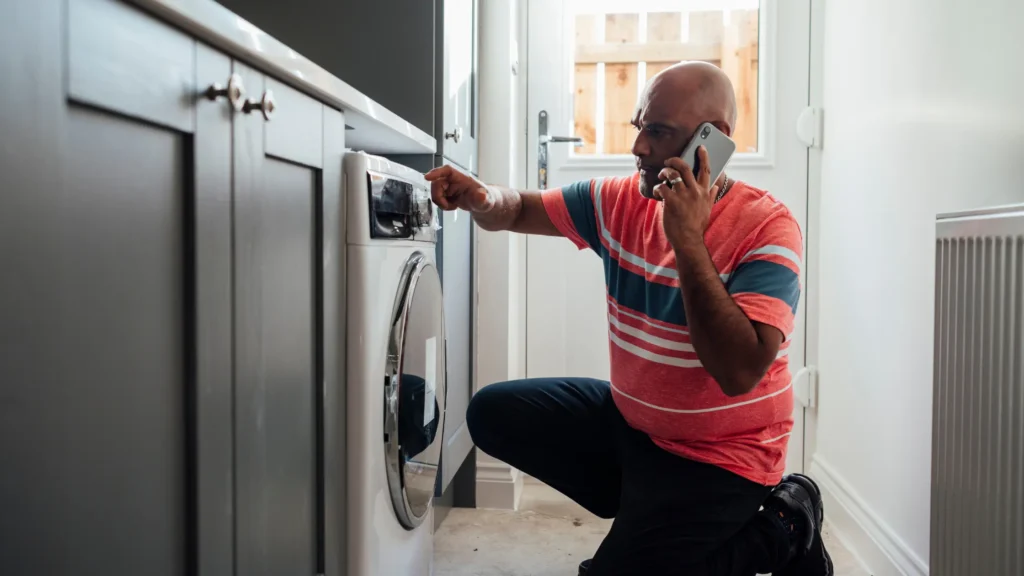
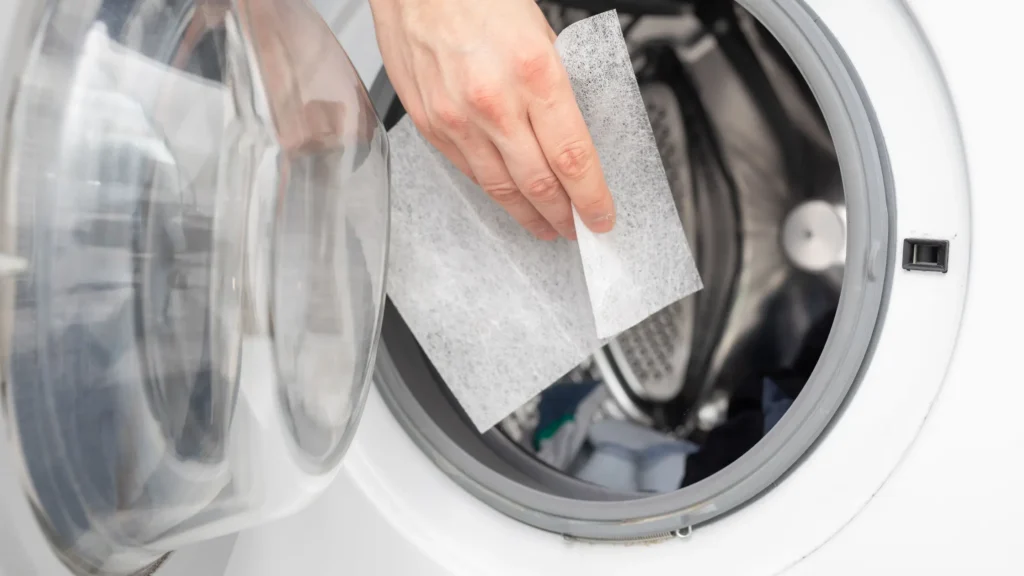
In conclusion, troubleshooting and repairing a dryer that has no power or light involves a series of methodical steps to identify and fix the underlying issue. From checking the power cord and circuit breaker to inspecting the control panel, thermal fuse, and door switch, these components play pivotal roles in ensuring your dryer functions properly. Remember, regular maintenance, such as cleaning the lint filter and inspecting the exhaust vent, can prevent many common dryer problems. However, when faced with complex issues like a blown thermal fuse or a malfunctioning control board, seeking professional help from Appliance Repair American is a wise decision. We’re dedicated to providing you with expert advice and repair services, ensuring your dryer remains a reliable and efficient part of your household.
Whether you’re dealing with a dryer that won’t start or simply seeking to improve your appliance’s performance, understanding the intricacies of dryer repair can save you time and money. Remember, safety is paramount when working with electrical appliances. Always unplug your dryer before attempting any repairs and consult with professionals if you’re unsure. With the right approach and a bit of knowledge, you can keep your dryer running smoothly, ensuring your clothes are always dry, fresh, and ready to wear.
Frequently Asked Questions
A dryer may have no power due to a tripped circuit breaker, a faulty power cord, or issues within the control panel or thermal fuse. Ensuring these components are functioning properly is crucial for the dryer’s operation.
If nothing happens when you push the power button, it could be due to a defective door switch, a malfunctioning start switch, or a blown thermal fuse. These components should be checked and replaced if necessary.
The absence of light in your dryer could be due to a blown bulb, a tripped circuit breaker, or a faulty door switch. Checking and replacing the bulb or the door switch might resolve the issue.
You can suspect a blown dryer fuse if the dryer suddenly stops working or won’t start at all. To confirm, locate the thermal fuse and test it for continuity with a multimeter. A lack of continuity indicates a blown fuse.
